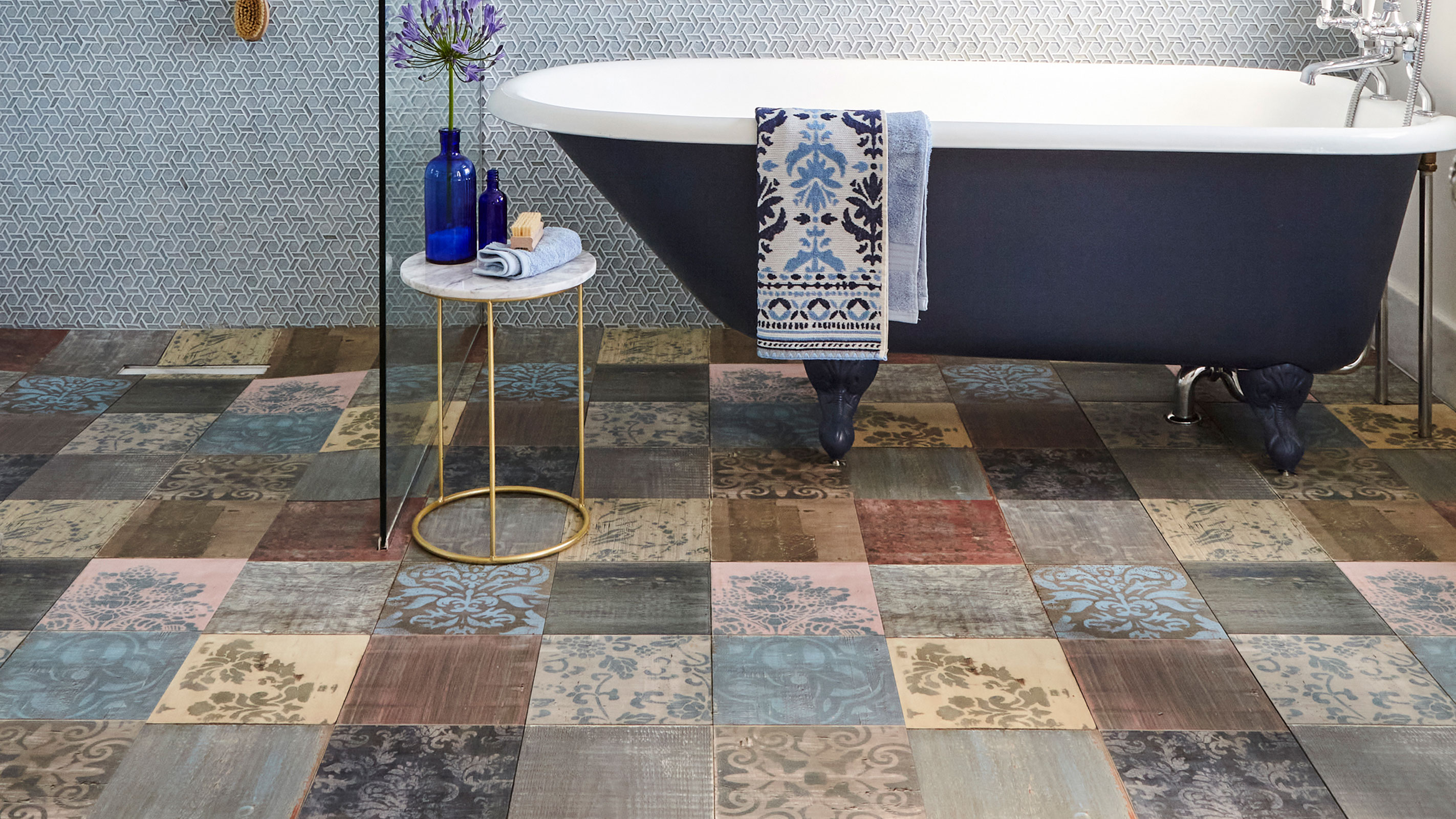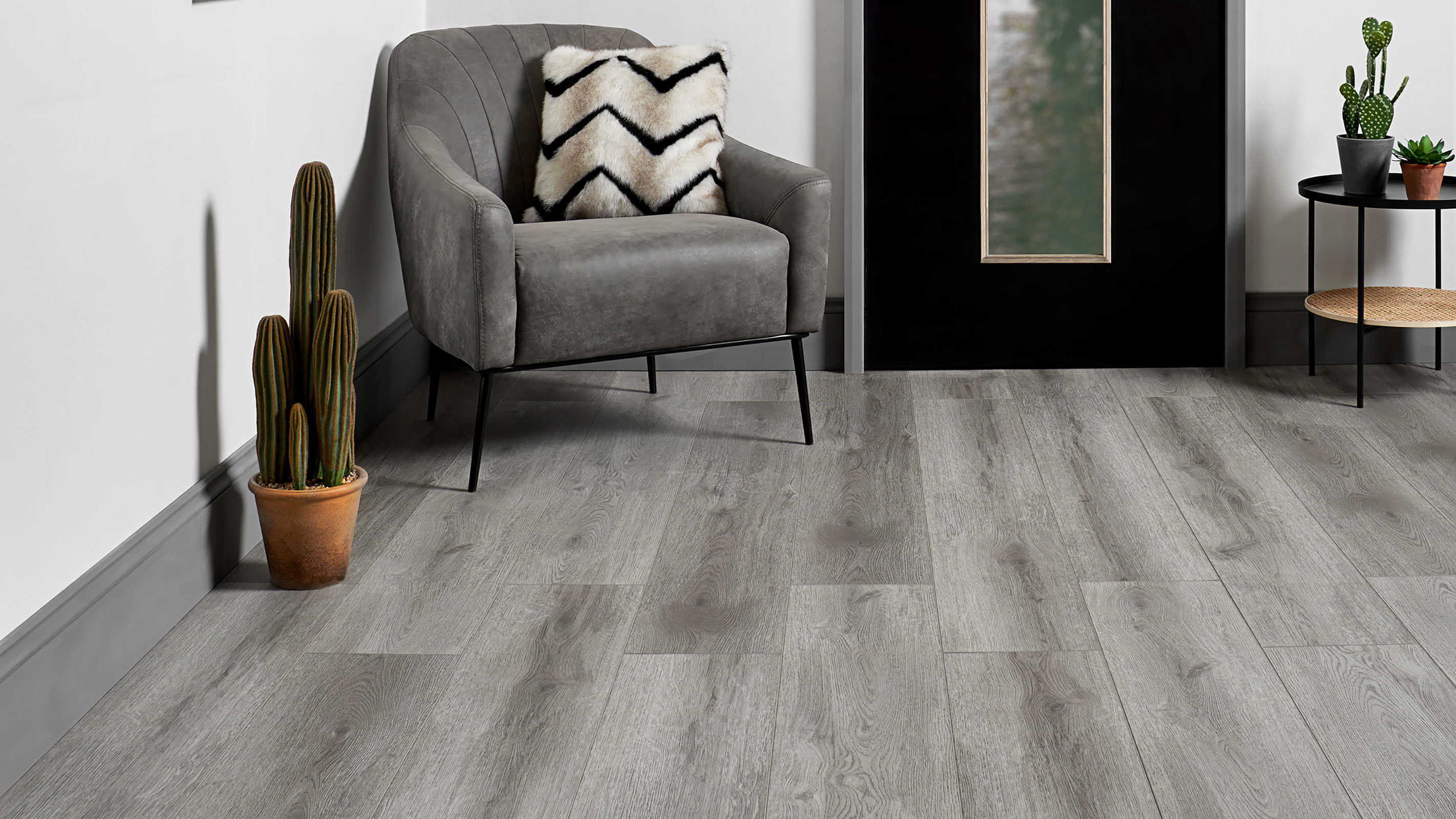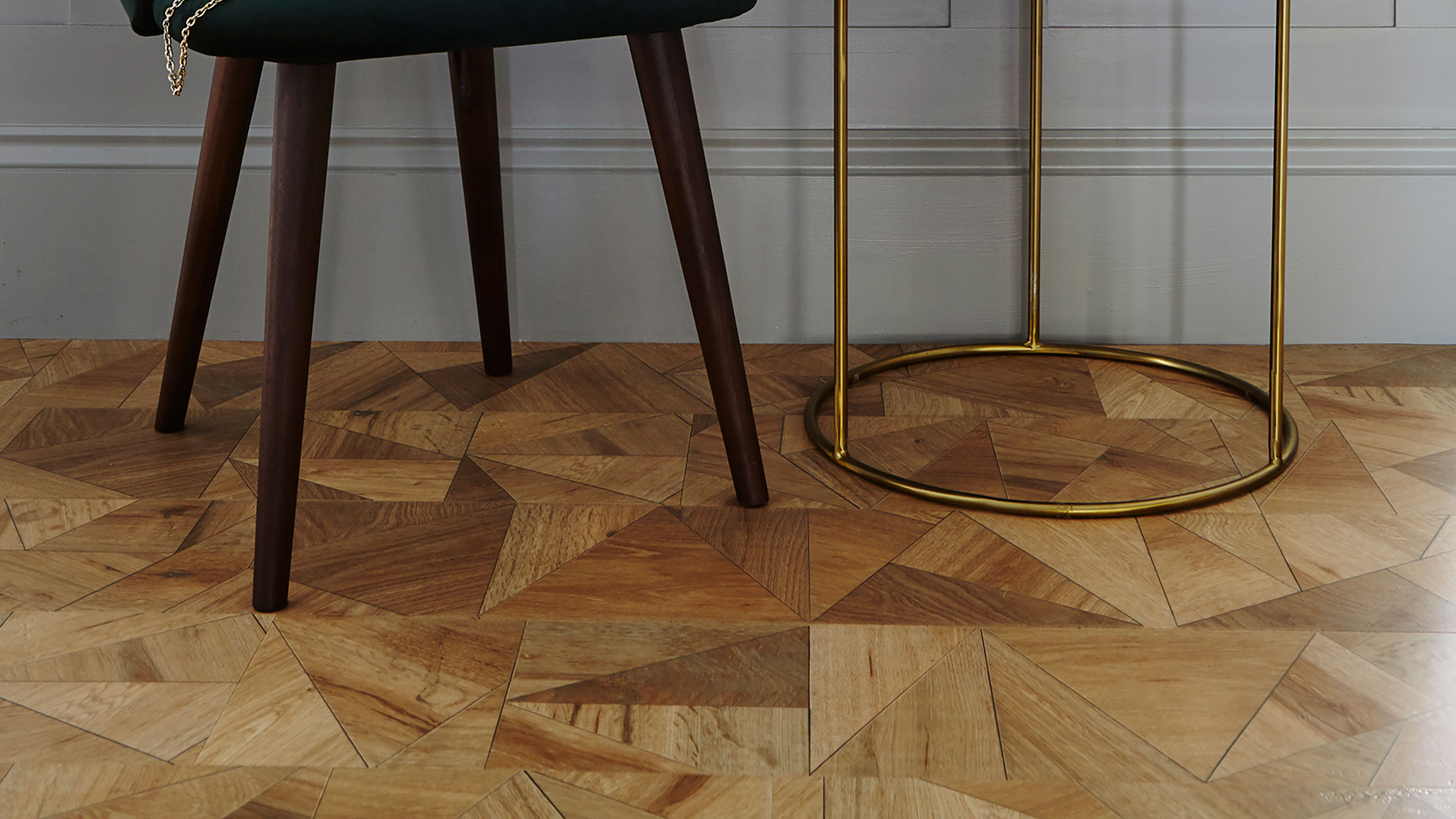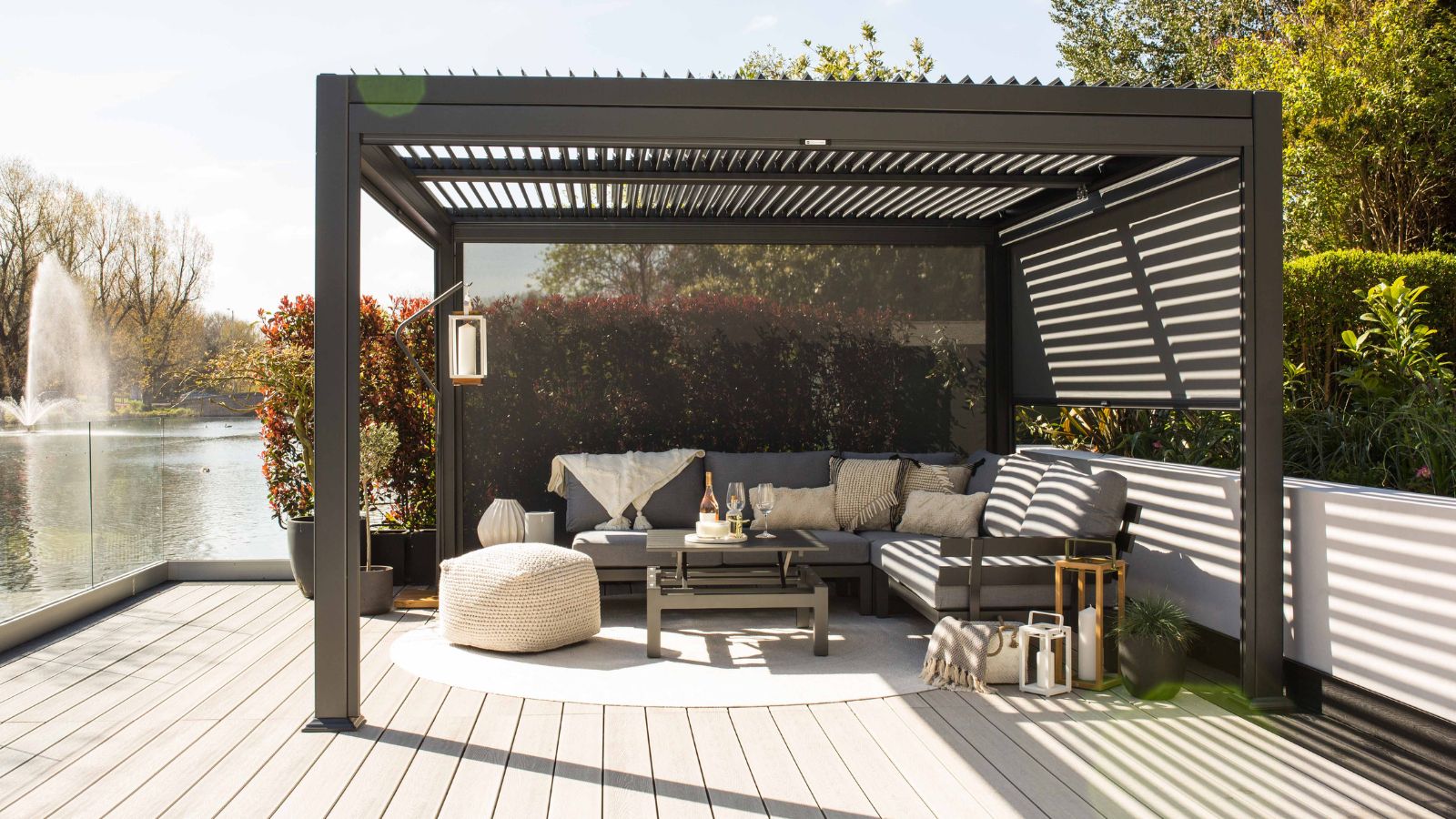How much does LVT flooring cost to buy and install?
While LVT flooring costs vary, our guide is here to explain how much you should expect to pay for luxury vinyl tile, as well as giving advice on how much you are likely to pay for installation

LVT flooring costs can vary quite considerably, meaning it can be hard to know what to expect to pay. If you are currently researching which types of flooring will be best for you and your home – as well as for your budget – you have come to the right place.
In this quick guide, we explain how much you can expect to pay for LVT flooring, which factors are likely to push costs up and the cheaper alternatives you might like to consider if you are trying to save a few pennies. We also look into how much LVT fitting costs.
As with any type of flooring, there is huge variety between LVT flooring products in terms of their quality so do bear in mind, that while no-one wants to end up paying more than is necessary for their new floor, you do want to check that the flooring you end up with is well made and durable.
How much does LVT flooring cost?
The cost of LVT flooring largely depends on three main factors:
- Quality
- Fitting method — click-fit, glue-down or peel-and-stick
- Thickness
"There are different wear layer thicknesses suited for different environments, so consumers can choose the right specification for their home, as well as their budgetary requirements — the thicker the wear layer, the more expensive the price," explains Inga Morris-Blincoe, general manager at Lifestyle Floors.
LVT flooring is usually available as either click-fit or glue down.
"LVT is available in three formats: Dryback , 5G Clic and PEC," continues Inga. "The latter two are forms of click LVT, where the click mechanism means the tiles and planks can be clicked together on installation, forming a floating floor. The other type is called a Dryback or stick-down floor, which means the planks and tiles are glued to your subfloor during installation. Both click and Dryback LVT have their merits and it’s important to understand the features and benefits of both, so you can choose the best floor for your home."
Of these three types, 5G Clic is the most expensive, with Dryback from Lifestyle Floors starting at approximately £41/m2.
You can expect to pay from as little as £15/m2 for glue-down LVT and from around £20/m2 for click LVT. However, these prices lay right at the bottom of the price scale and you would be best off budgeting between £30 - £65/m2.
If laying LVT as a floating floor, don't forget to factor in the cost of underlay. A good underlay will result in improved sound insulation, reduced creaking noise, and increased dimensional stability. A product such as Xtrafloor® Power Underlay from Tile Mountain costs £54.99 for a 10m roll.

What is LVT flooring?
LVT flooring is also known as luxury vinyl tile and is basically a much-improved version of sheet vinyl.
"LVT are tiles that look like real wood or natural stone but are made from a hardwearing vinyl instead," explains Colin Lincoln-Evans, buyer at Tile Mountain. "LVT is constructed from PVC and its build comprises multiple layers. It’s made in this way to increase durability and make it dimensionally stable too."
Thanks to the wear layer and finishing PU layer that sit at the top of the tiles, LVT is really durable and easy to clean — plus it is comfortable underfoot and compatible with underfloor heating too.
LVP (luxury vinyl plank) flooring is a product very similar to LVT, but is a name usually given specifically to wood-effect vinyl.

How much does LVT flooring installation cost?
Most LVT flooring is actually really simple to install leading to many people fitting it on a DIY basis. LVT flooring is often either designed to be clicked together and laid as a floating floor over an underlay, or can come as 'stick-down' tiles that either have self-adhesive backing or can be used with vinyl floor adhesive.
LVT 'click' systems tend to be the easiest to lay on a DIY basis as they have handy tongue-and-groove edges, much like some types of wood flooring or laminate — however they are also a little more expensive than 'peel-and-stick' and glue-down products to buy. Glue-down LVT can be quite tricky to install and most manufacturers advise calling in the professionals to carry out the task.
Obviously taking the DIY route will be the cheapest option.
Professional floor fitters tend to charge between £150-£250 per day on average. The amount of time it will take them to fit the floor will depend on the size of the space and how much sub-floor preparation is required. Certain types of LVT will take longer to fit than others — for example those designed to be laid in a herringbone pattern.

Are there cheaper alternatives to LVT?
One of the cheaper types of vinyl flooring is sheet vinyl. Also sometimes called cushioned vinyl, this is sold in rolls. It can be bought for as little as £10/m2, although on average costs approximately £20-£25m2.
Although easy to clean and available in a huge range of colours and styles, sheet vinyl does tend to be softer and therefore more prone to dents and scratches than LVT or LVP.
Get the Homebuilding & Renovating Newsletter
Bring your dream home to life with expert advice, how to guides and design inspiration. Sign up for our newsletter and get two free tickets to a Homebuilding & Renovating Show near you.
Natasha was Homebuilding & Renovating’s Associate Content Editor and was a member of the Homebuilding team for over two decades. In her role on Homebuilding & Renovating she imparted her knowledge on a wide range of renovation topics, from window condensation to renovating bathrooms, to removing walls and adding an extension. She continues to write for Homebuilding on these topics, and more. An experienced journalist and renovation expert, she also writes for a number of other homes titles, including Homes & Gardens and Ideal Homes. Over the years Natasha has renovated and carried out a side extension to a Victorian terrace. She is currently living in the rural Edwardian cottage she renovated and extended on a largely DIY basis, living on site for the duration of the project.

